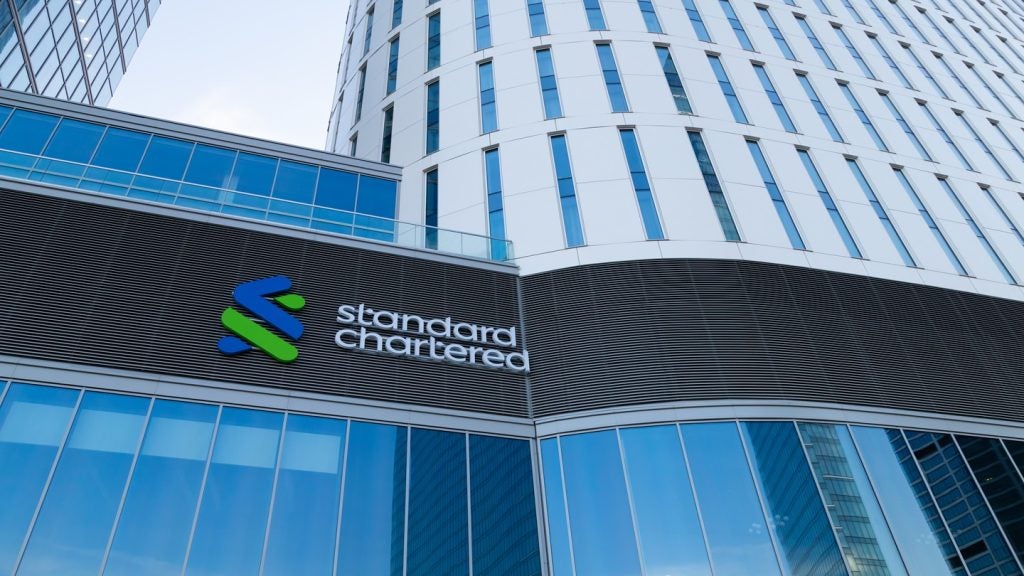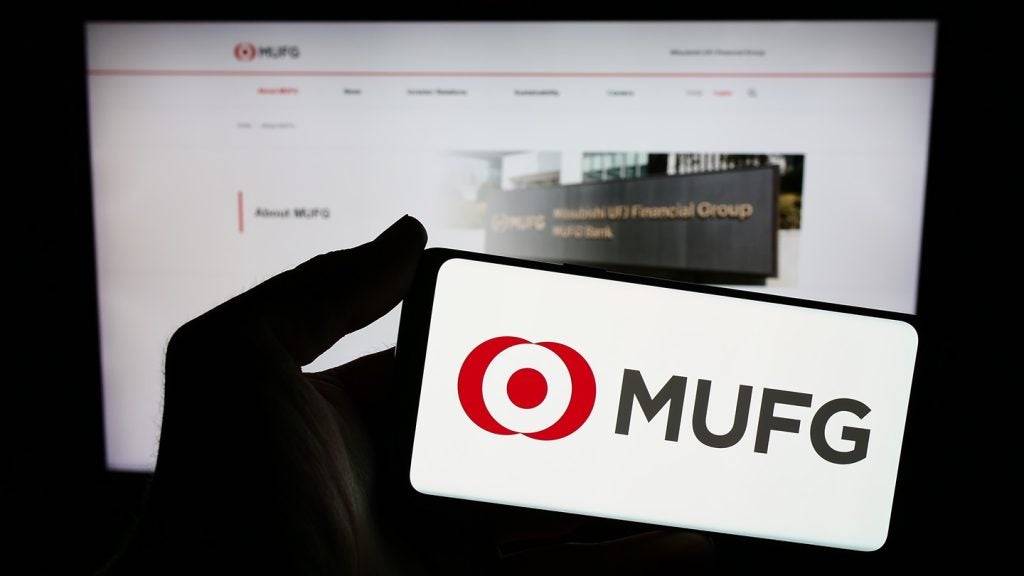Wealth management models in India are
up in the air after a decision by the local regulator to ban asset
management companies from charging up-front fees to investors. The
industry is coming to terms with the new rules and some have
started setting up advisory-led platforms.
India, with the second-highest ultra
high net worth (UHNW) population in Asia and a burgeoning middle
class, is one of the world’s most exciting wealth management
markets. Yet practical concerns mean it remains one of the hardest
to break into for foreign firms.
Setting up greenfield operations are
particularly problematic because of the difficulty of
differentiating in a market which still has a fairly limited
product range available to onshore clients.
Gaining clients through hiring relationship
managers is expensive, and evidence from PBI’s India round table,
held in Mumbai, suggests that they only tend to bring between 20
and 30 percent of client assets with them. Some wealth managers
have taken a different route and taken stakes in local non-banking
financial companies (NBFCs).
BNP Paribas has a stake in broker Geojit,
while Macquarie has a partnership with Religare, also a broker.
How well do you really know your competitors?
Access the most comprehensive Company Profiles on the market, powered by GlobalData. Save hours of research. Gain competitive edge.

Thank you!
Your download email will arrive shortly
Not ready to buy yet? Download a free sample
We are confident about the unique quality of our Company Profiles. However, we want you to make the most beneficial decision for your business, so we offer a free sample that you can download by submitting the below form
By GlobalDataDomestic wealth models are also being redrawn
in the wake of the Securities and Exchange Board of India’s
decision to ban asset management companies from charging up-front
fees to investors. This has reduced lucrative commission income for
wealth managers and many are now looking at ways of creating an
advice-led offering with transparent, fee-based services.
In this edited version of the round table
debate, organised by PBI’s parent company VRL Financial News, some
of the industry’s most seasoned professionals talk about the key
issues facing their industry.
William Cain, editor, PBI: Typically,
as wealth markets evolve, domestic players like ICICI start to
build up wealth management services by farming their retail
clients, while the international banks focus on high net worth
(HNW) and UHNW, often offshore. Is it fair to say India has
followed a similar trend? How do you see the market
developing?
Balamurugan, joint general
manager, ICICI: In a way, yes, India has followed a
similar trend. We have been the largest commercial bank in terms of
savings accounts for the last six or seven years, so we always have
a steady flow of clients and customers coming in from the retail
business.
As the markets grow, there are more
professionals, more companies get formed and the new rich segment
is an area where you can be very effective when you have a retail
bank. Having said that, is it enough for a domestic bank just to
use this feeding mechanism? It’s not.
The real challenge is what you do after that
in terms of skill sets, systems, delivery to your clients. That is
a larger challenge. A retail bank has a certain mindset and it is
very difficult to break that mindset. It takes a bit of time, but
if you ask me has it happened, I think it has. We have seen a
stream of clients moving up the value chain in the last few
years.
As a commercial bank, a corporate bank, a
retail bank – it does help the local players. But beyond that it is
a question of skill-set, engaging with clients and delivering the
products for your clients depending on the segment you are talking
about.
India is still a nascent market and you do not
have too much product differentiation. It has been driven on three
or four products widely available to everyone.
So to an extent, the differentiation is not
too much. Now, the delivery challenges are coming, you have to
start to making differentiated offerings and that will be a key
thing.
As of now, I do not think anyone is lagging
behind anyone else because they tend to offer the same products
manufactured by the asset management companies. It is available at
different commissions to different people. That is the only
difference.
On certain products, for example direct
equities, in-house research will help. We have ICICI Securities
which does broking for both institutional and private clients and
that does enhance the client experience, giving them access to that
quality of research reporting.
But by and large I do not think there is
anyone in particular who is lagging in terms of differentiation on
products.
Cain: Typically, Indian clients prefer
investments in Asia-Pacific and in particular their own country. Is
there a willingness to become more globally diversified in
investment portfolios? And what is the typical investor
profile?
Ramnath Krishnan, managing
director, HSBC (India): Fundamentally, given the fact that
historically this economy has been very savings oriented, it would
tend to suggest there is an element of conservatism. There is still
a relatively limited appetite to take a large amount of risk.
I think if you were to split the customer into
three categories, the aggressive investors, those that have the
ability to look at products and take advice on active cores in
terms of interest rate movements or equities for example, I think
that would still form a relatively small part of the overall
pie.
The second category would be a set of people
who want a bit of that, but would want 50-60 percent of their
portfolio in relatively protected investments, primarily just yield
plays.
The third category would be a set of people
looking at a yield play and nothing else. For them, capital
protection comes absolutely foremost and yield becomes relatively
less important. I think these three would be the broad
categories.
On the other point, I do not think there has
ever been an aversion from Indian investors to investing outside
the country. This has been restrained to an extent by the
regulatory framework.
There is just an element of latitude available
at the moment, which is quite thin, about how much they can invest
in opportunities outside the country ($200,000 per family member
per year).
Within that permissible framework, most
investors are quite open in looking at those. The fundamental
drivers are one, what opportunities do they see outside India, and
two, are those opportunities likely to be more attractive than
India.
I think they have an open mind and they are
aware of the returns they would want to receive, but that really
focuses in on emerging markets of which India is one of the fastest
growing – China and Brazil to an extent, but there is an element of
unfamiliarity with these markets among Indian clients.
Titien Ahmad, head of Asia-Pacific
editorial, VRL: Can pricing be a differentiator for wealth managers
or are the differences too slight to change clients’ selection of
private banks?
Nitin Jain, head of wealth
management, Edelweiss Capital: The definition of wealth
management per se is not very clear to most people.
If you are talking about advice to
individuals to manage their wealth, both on the assets and the
liabilities side, this in no way to me looks like a commodity play,
so I don’t think pricing will ever be a differentiator.
In fact, there are two areas in which you can
compete. One is on advisory competence. Or you can say you are a
convenience provider, which is where price may come into it
more.
But I do not think the advisory part would be
price sensitive. In actual fact, they may pay more for the
advice.
Some people have lost 50 percent of their net
worth in the last year, some people ended up making money out of
it. So the percentage you pay and the impact on your wealth can be
quite significant.
Hence, I do not see it being a key
differentiator because the difference is quite significant.
Samir Bimal, head of private
banking, ING Vysya: The challenges will come because
advice is not very well understood or measurable. The biggest trial
will be moving from the product-push perspective to the advice-led
model. It will take some time for everyone to create that and it
will be hard for clients to realise which players have a
discernible advantage.
I think we will see a lot of advice-led
strategies coming out and there are whole platforms being created
around advisory now. That will not be the end, because after that,
the track record will start to be established, and I think that is
when the differentiation will kick in, in around two to three
years.
Jain: There are two
things really happening in the market very clearly. People are
choosing their models. One of these is the transaction-based
services, pushers of products, that sell products because they are
exciting right now. Then there are others who are talking about a
payments-based model, where they are a complete advisor and manage
wealth sitting on the client’s side of the table.
If you look internationally, it is never an
either/or situation. Around the world you have seen people move
from model A to model B and finally settle somewhere in the
middle.
It makes sense to talk about advisory models
at the moment because of the events of last year. People are also
realising as clients the value of advice which they never really
valued three years back when everything was hunky dory.
But I know advisers over the last year that
made money for their clients rather than lost it. If you can get
that kind of faith with clients, then they will be with you for the
long term.
Balamurugan: On the
product distribution side, there is a lot of regulation regarding
sales to clients. But on the advisory side, there is no regulatory
framework at all. Who do you reward, who do you penalize, where do
you go to for recourse when there is some service problem or
deficiency?
In developed markets we have seen when we have
run this type of platform there is a clear regulatory framework,
but there is a deficiency here in India – I don’t think they have
even started that here.
Ahmad: India is a very price-sensitive
market to begin with. Could it ever move to an asset-based,
AuM-based model?
Ashish Khetan, senior
vice-president, head, family office services, Kotak Mahindra Bank
Ltd: Actually there has been a shift to asset-based
models. It is clear that if any bank starts on this journey, it has
to do so with conviction.
It cannot go back to the transaction-based
model, because then you are reacting to the markets. If any bank is
moving to an asset-based model after what happened, I’m not sure
how fast or how long they would be able to sustain that.
For instance, at our end, we took a decision a
few years back, well before the crisis. I agree that advice is
important. There will be exceptions, and people will make a
difference to their client portfolios, but on a very generalised
basis, over the last two years very few people have been able to
escape the downturn.
Rapport and relationships certainly help.
Quality does matter. It is very important. And there is a scarcity
of private bankers that can hold on to their clients even in a
transaction model where the right product is positioned.
So whether you are in a transaction- or an
asset-based model it depends to a large extent on the private
banker as to how they manages their relationships.
What we are seeing is that clients are price
sensitive. It may not be very easy for them to differentiate who is
better. Today, clients base their decisions on the service
proposition: if someone is offering extra services, or the overall
presentation. But at the end of the day, the decision may be made
on commercials, especially if it’s an asset-based model.
Ajay Bagga, head of private
wealth management, Deutsche Bank (India): I would add two
experiential points. One, portfolios are largely non-transferable.
I have seen that.
We have hired people, portfolios have not
moved. We have lost people, portfolios have not moved. Not more
than about 20 percent of the book goes with a relationship manager
(RM). People bank with institutions, not their RMs. That is very
critical.
The 20 percent figure is probably people who
have a strong relationship with that RM but only want to give them
a small portion of it initially in their RM’s new venture. Most
assets are very sticky.
Second, I would endorse Ashish. This segment
is extremely price sensitive and they pay people to be price
sensitive. Their family offices and gatekeepers are extremely price
sensitive, that is how they justify their existence.
We have cases where invitation-only services
are being offered free of cost. I have seen that since 2002.
Institutions cut back pricing to zero. They are saying we have lost
your money, we will not charge you for the next two years. I would
say I would not be deluded into saying this is non-price
sensitive.
They know value when they see it, and if you
can bring them that they will pay. For protection, for trust, for
reputation, you can charge. For products where there is a
least-cost provider, they would rather go there than pay you.
Cain: Foreign financial institutions
have been making some progress expanding in India by buying stakes
in non-bank financial companies, usually brokers. The most active
players recently have been BNP Paribas/Geojit and Religare
Macquarie. Is there a slight shift from the traditionally HNW/UHNW
focus in India to the lower levels of wealth in line with an
increasing middle class?
Bimal: The
rationale is very clear. It allows you access and a quick
feet-on-the-ground presence. It allows you to limit your risk
because you are joining up with an established organisation. It
limits the amount of investment you need to make.
BNP Paribas has gone into a number of
countries, not just India, in a similar way and has also gone into
the mutual funds business. They are actually creating an entire
capital markets financial services group.
In some cases there are constraints where you
are not allowed to own 100 percent of the businesses you hold
stakes in, like in insurance.
But from these initiatives we can see a much
more pragmatic approach, especially today, when capital is scarce.
If someone has $250 million to invest, they want deals which can
give them instant payoffs and revenues while minimising risk. Also,
they have a right to increase their stakes in these ventures
too.
On the private banking side, most of the
people that have come in solo in the past 12 months have found it
very challenging. You see the model, the strong international names
coming into India and setting up private banking. If it is largely
a distribution-led market, apart from hiring private bankers, you
can’t do anything.
So you hire expensive bodies from the market,
and you get them doing the same third-party distribution. As far as
the client is concerned, he does not see the differentiation. You
have incurred costs, you have no ongoing revenues and you do not
have time to create a platform and promote its credibility. It
becomes a very difficult proposition to execute.
That is exactly what we have seen with some of
the very strong international brands that have come into India on a
solo basis. Client acquisition is a challenge.
Cain: Reputation is at the centre of
the private banking business model. What has been the key to
managing that at a time when many banks have been tarnished through
sub-prime and product-based scandals?
Rahul Johri, head, Consumer
Banking Group, DBS Bank (India): There are a couple of
things that are important here. One is, in our business, if you’re
managing the high net worth individual (HNWI) segment, the RM plays
a critical role in that whole process.
Therefore, you need a model that is
sustainable, which works, and that manages people in the system
very well so you have that continuity in the RM team. The second
thing, on re-establishing trust… your HNWI customer should see you
as someone who will deliver his financial goals for him. You should
do that in a manner that is customised.
You should not come across as someone who will
just do one or two transactions for him, it should be an approach
which provide customised financial planning, and the client should
see you doing that. You should be able to demonstrate progress over
a period of time.
You also have to be very transparent in
everything you do, whether it is an individual product or the fees
that are being charged. The transparency has to be there.
Ahmad: Rohit, how is client
acquisition in the independent space? There has been a move in the
market over the past year, not specifically in India, but
industry-wide, for clients to move from banks to smaller boutique
firms. Is this what you are seeing?
Rohit Sarin, founding
partner, Client Associates: For a firm like us, these are
the best times in the economic cycle. Trust between clients and
advisers is reduced because the fear factor is peaking.
Clients have seen asset destruction, banks
going under and they start to think that if an institution can’t
manage its own wealth, why should it manage theirs? A lot of client
migration has happened to boutique, owner-driven firms globally and
the big investment houses have lost client assets.
In an entire economic cycle, this tends to be
the best for the boutiques and we have experienced that in the last
12 months. Client acquisitions were much higher than in a year like
2007 because everyone was pretty much happy. It’s like if you are a
doctor and everyone is healthy, there is not a lot of work around.
At times like these, clients are open to look at new
relationships.
I would also second Rahul, and say that
continuity is a very important factor. That is true generally, but
particularly so in India because it is a very relationship-driven,
conservative society. The way we chose our professionals – not just
private bankers, but doctors, lawyers, architects – is through
referral from friends, and ask them who they used last, what their
experience was and whether they would recommend someone.
If a client continues to see a single face for
a long time it builds a lot of trust. Lots of clients complain that
every six months or a year they see a new face serving them.
All senior clients have a problem with that
because their confidence in the individual has been lost.
Secondly, it is hard to transfer the entire
knowledge about the relationship.
PBI ROUNDTABLE,
MUMBAI
Participants
Ajay Bagga, head of
private wealth management, Deutsche Bank
Ashish Khetan,
head, family office services, Kotak Mahindra
Balamurugan, joint
general manager, ICICI
Nitin Jain, head,
wealth management, Edelweiss Capital
Rahul Johri, head,
consumer banking group, DBS
Ramnath Krishnan,
managing director, HSBC (India)
Rohit Sarin,
founder partner, Client Associates
Samir Bimal,
country head, private banking, ING Vysya
Soumya Rajan, head
of private banking, Standard Chartered







